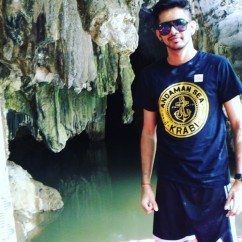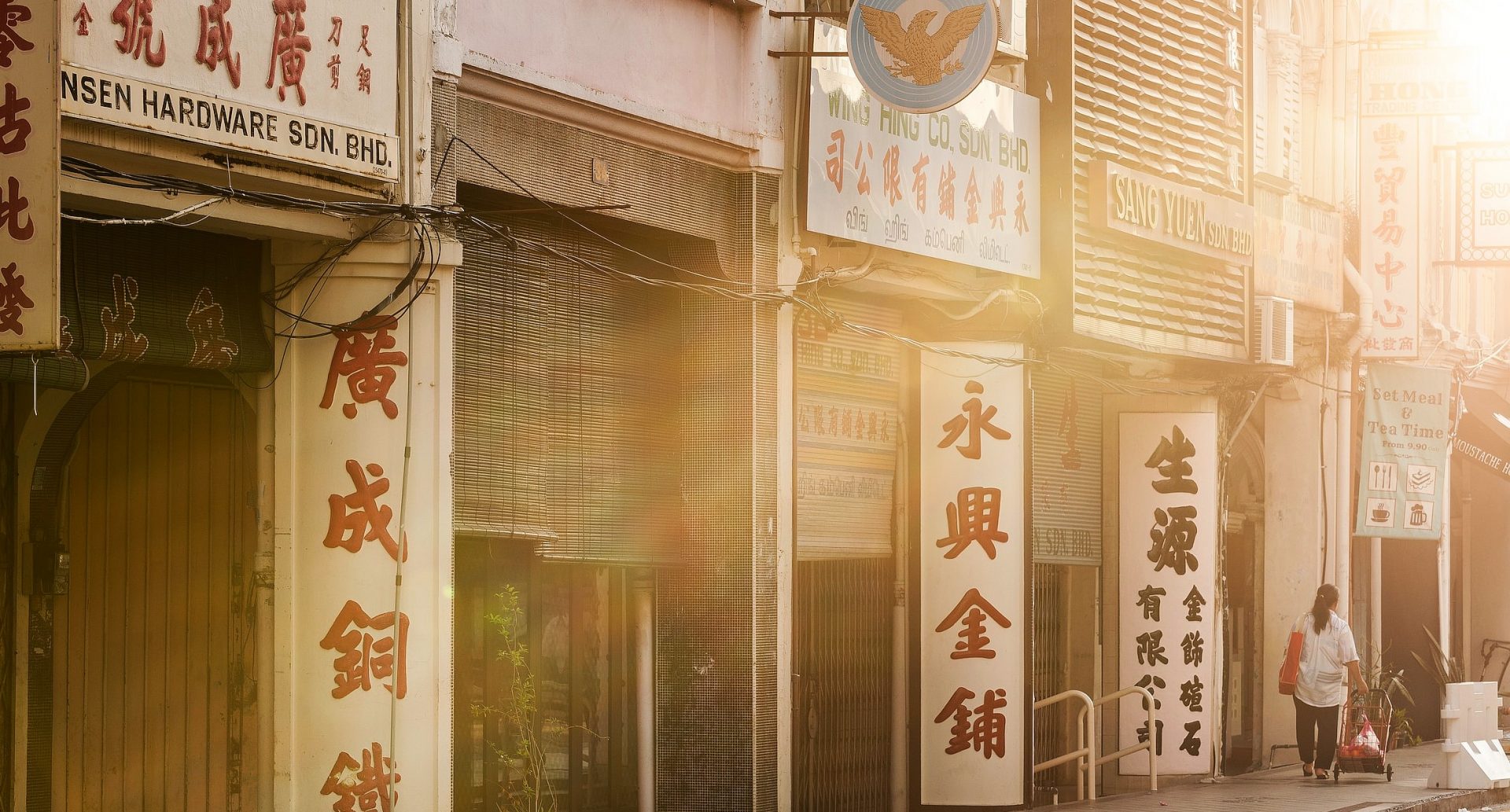Being on the road is special, but learning the story of the road itself can add a whole new dimension. Take a deep dive into the history behind the names of a few of Penang’s well-travelled streets.
Penang has history embedded all over, including its streets. While the road name may bring to mind a person or locality, scouring a little deeper often opens up a whole new perspective. From a street once dubbed the ‘coffin street’ to roads named after a famous footballer and a priest who escaped punishment, there’s a lot to acknowledge along the way.
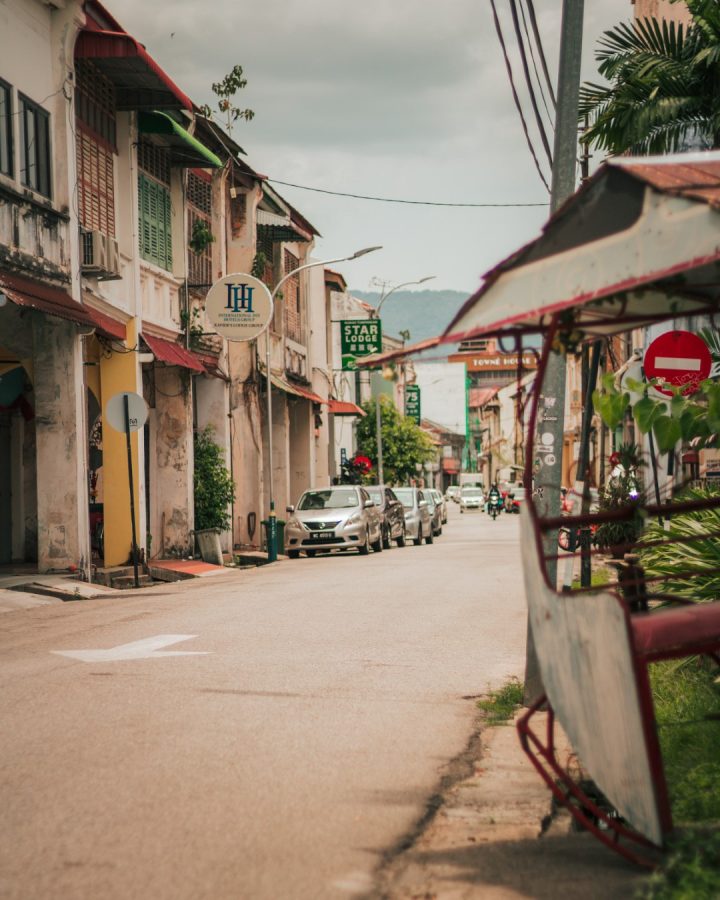
COLONIAL INFLUENCES
Light Street was the first street to be laid out by Captain Francis Light, the founder of George Town. As the saying goes, in July 1786, he encouraged immigrants to clear the jungles by firing silver dollars from cannons on his ship. This clearing also led to the founding of The Esplanade. After the Straits Settlements establishment in 1826 – consisting of Penang, Malacca, and Singapore – George Town was the first capital.
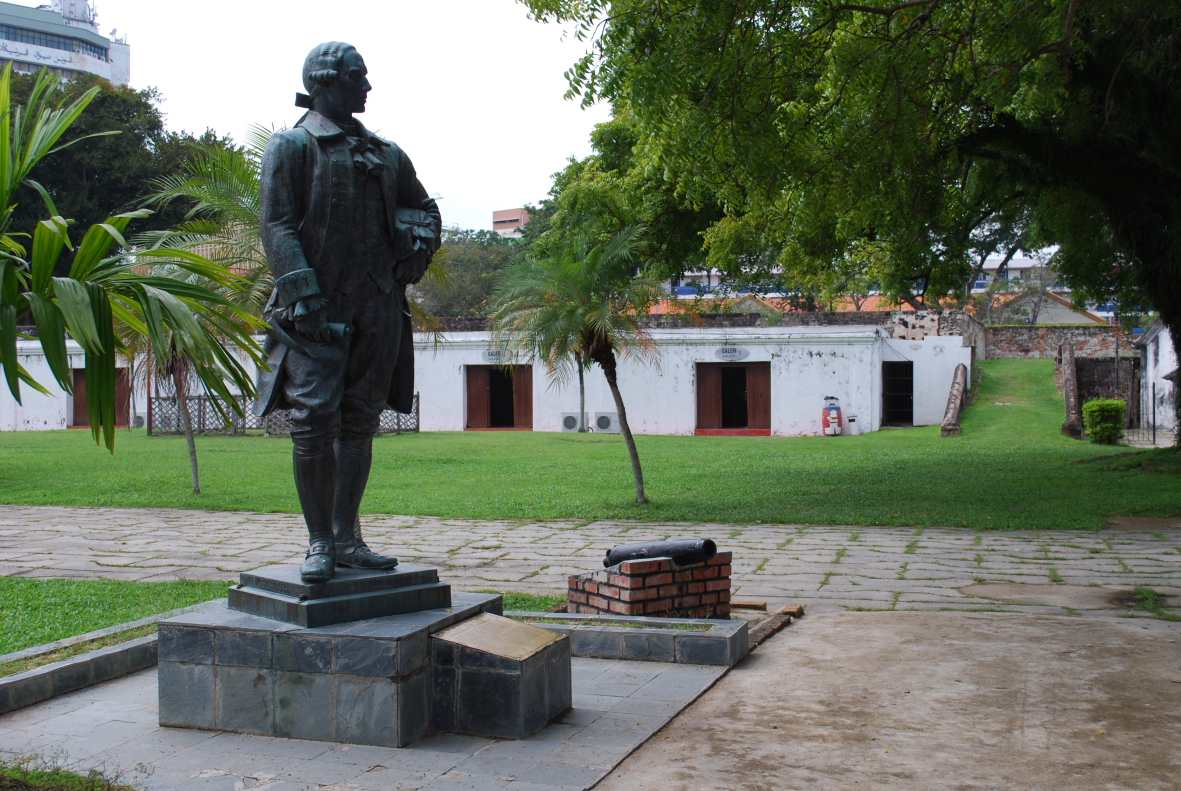
At this stage, the town lured a variety of people for trading and business. Light Street was the administrative centre of Penang Island, which hasn’t changed until today. From the Anglo-Indian-styled State Assembly Building to the Palladian-inspired Supreme Court of Penang and the Logan Memorial that honours James Richardson Logan, a Scottish lawyer who fought for the rights of Asians, the oldest road is dripping with history.
Carnarvon Street is one of the oldest streets, and walking here in the day and night is a complete contrast. Sited on the north-eastern side of Prangin River, the street got established in the 1860s in honour of Henry Howard Molyneux Herbert, the fourth Earl of Carnarvon. In 1867, Penang Riots broke out between the ‘White Flag’ and ‘Red Flag’ groups, comprising of the people from the Jawi Peranakan and Indian Muslim communities. This shocking event also saw the Hokkien and Cantonese societies joining forces with the opposite parties, setting a gap between the town’s Cantonese and Hokkien neighbourhoods.
In the mid-20th century, Carnarvon Street was known for coffin making and bookstores. Today, popular cafés and restaurants occupy the pre-war buildings, and it remains one of the last streets to have Chinese coffin makers. Hock Lean Seng, which opened in 1922, is run by the third-generation coffin maker and still attracts patrons for their unique craft. As one can expect from most streets in George Town, the road is a food haven once the sun goes down.
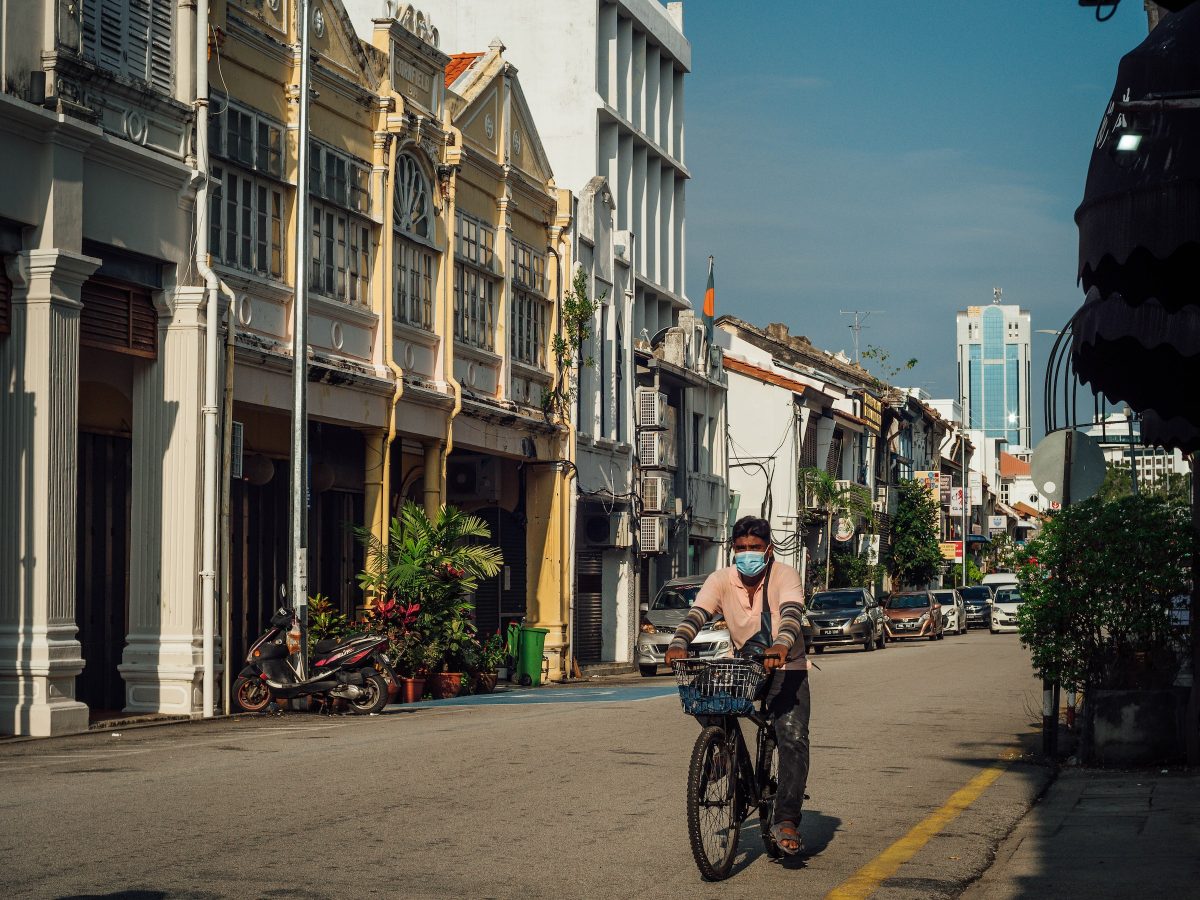
The Campbell Street we see now was not the same in the last quarter of the 19th century. It was named after Sir George William Robert Campbell, the Inspector General of Penang from 1866 to 1891, but in a few years the street harboured an undisputed reputation as a red-light district – literally. Red lanterns in front of entrances were signs of brothels offering their services. After World War II, Campbell Street breathed fresh life, and became a shopping destination for watches, shoes, textiles, and jewelleries.
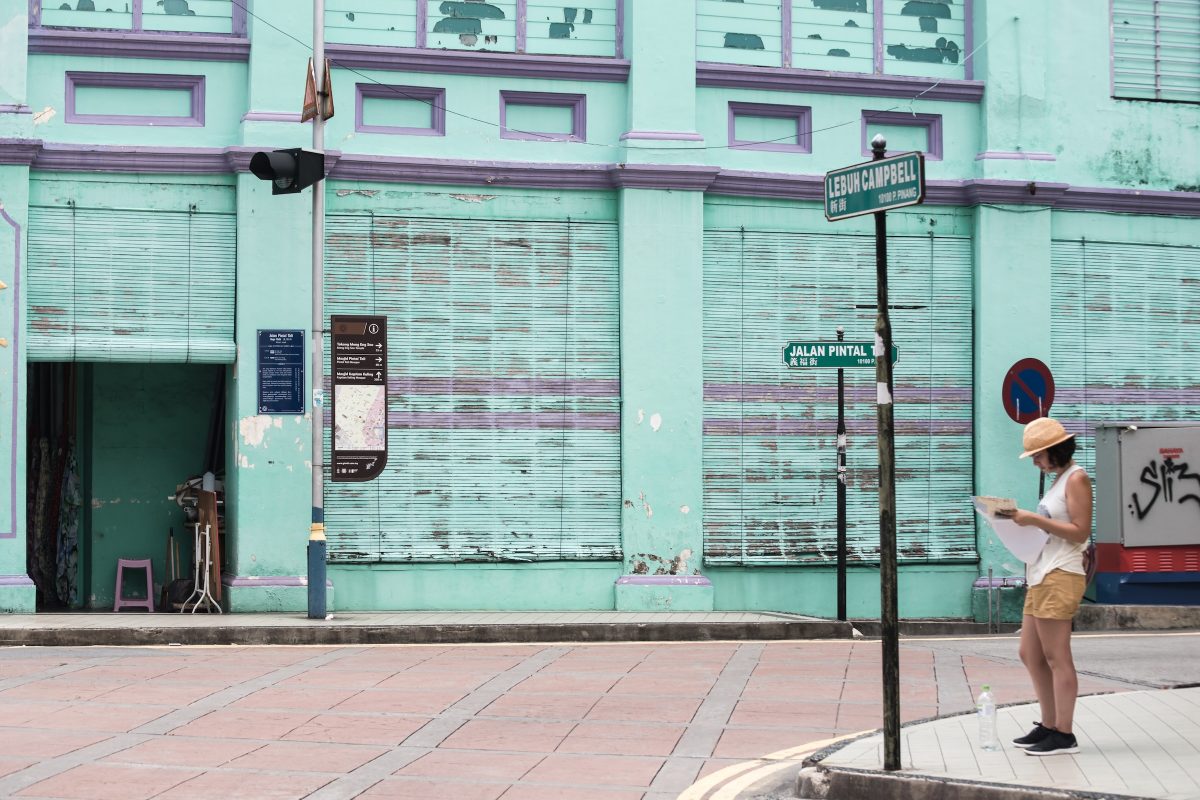
As years went by, the growth of shopping malls stifled the pulling power of the area. Nevertheless, the heritage charm of Campbell Street parlayed the allure of well-known restaurants to helm it as a gastronomic spot. To see this for yourself, just make your way to Il Bacaro, a reputed Italian restaurant in Penang, located in Campbell House, a three-storey heritage boutique hotel.
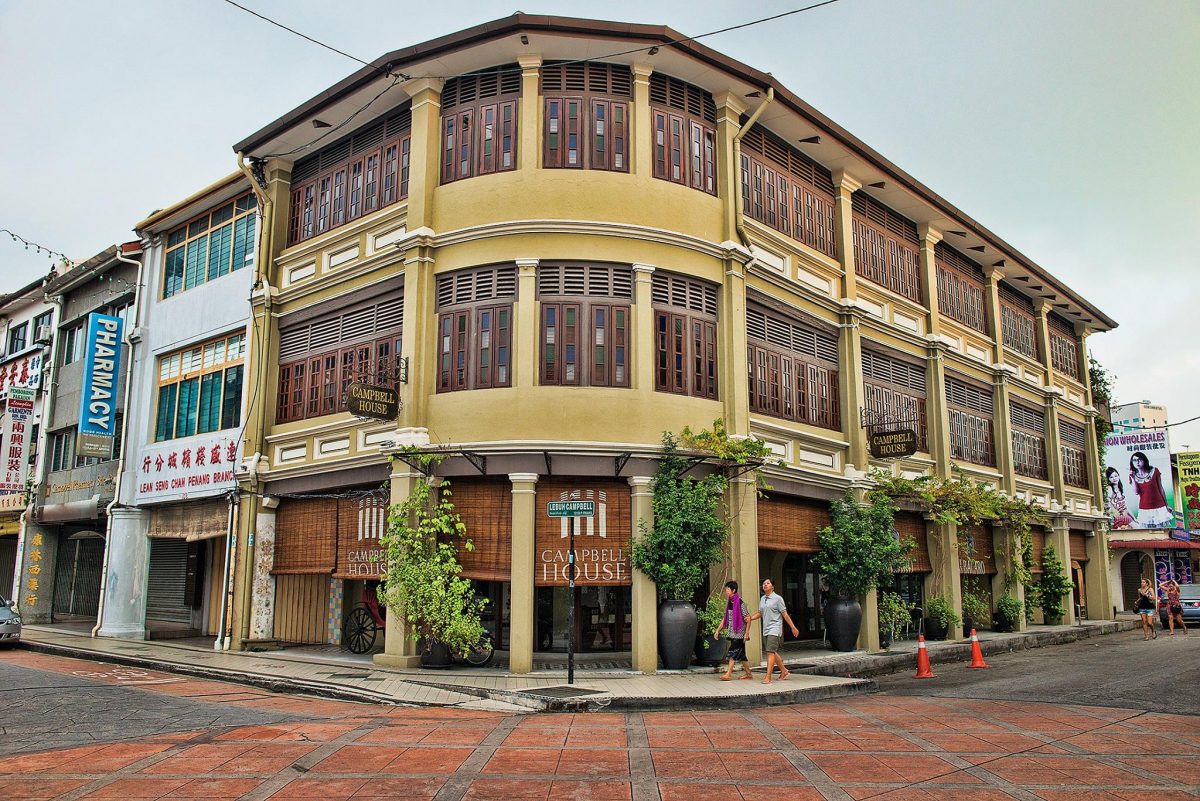
As far as the name goes, Bishop Street sounds rooted to Christianity. Captain Francis Light invited Bishop Garnault of Siam and his Eurasian congregation to settle on Penang Island. They came from Kuala Kedah with the approval by the Sultan of Kedah after escaping religious persecution from the Kingdom of Siam.
Upon arrival, Bishop Garnault set up his presbytery along Bishop Street and the Church of the Assumption along Church Street. The church was built in wood, then a rebuilt in bricks in 1802 and moved to its current location on Farquhar Street in 1857. Visit the church to check out the list of parish priests since its establishment and a monument in memory of sailors who died on a French Navy ship in Penang during the First World War. The Roman Catholic Diocese Museum lies beside the French church.
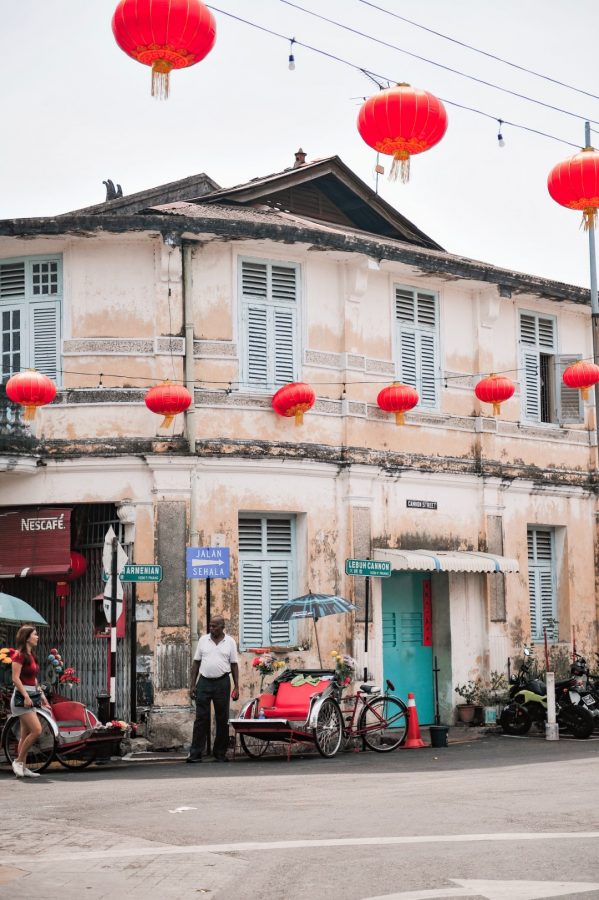
PRESENCE OF EARLIER SETTLEMENTS
Historians visiting George Town would agree that every nook and cranny of the town may house a slice of the past, including Argus Lane. This narrow road got its name after Penang’s first independent newspaper, the Pinang Argus, published at Argus House between 1867 to 1873. The Eurasian community came after the Church of the Assumption got relocated here. Most Hokkien people would identify the area as the lane behind the Eurasian church. Currently, only a remnant of Catholic community lives on Argus Lane, and one can spot pictures of Jesus Christ and the Virgin Mary gracing the façades.
Chulia Street is a microcosm of Penang’s multi-ethnic community today. When Captain Francis Light began establishing George Town, this is one of the first streets he built. However, the street was initially named as Malabar Street as a tribute to the Malabari Indians but by 1798, it got changed to Chulia Street due to the influx of southern Indians. The name is a tribute to the ancient Chola Kingdom that once ruled Southern India. In the late 19th century, the population of Indian Muslims declined, which caught the Cantonese community to set up shophouses and organisations.
Simultaneously, the junction between Chulia Street and Penang Road grabbed the headlines for trams. The final tram run was on September 10, 1936 as trolleybuses were gaining popularity. Today, the old tram lines are still visible at the junction, as a testament to advanced public transportation under the British. Put up at Yeng Keng Hotel, a restored Anglo-Indian bungalow residence, and embrace the liveliness of the street from day to night.
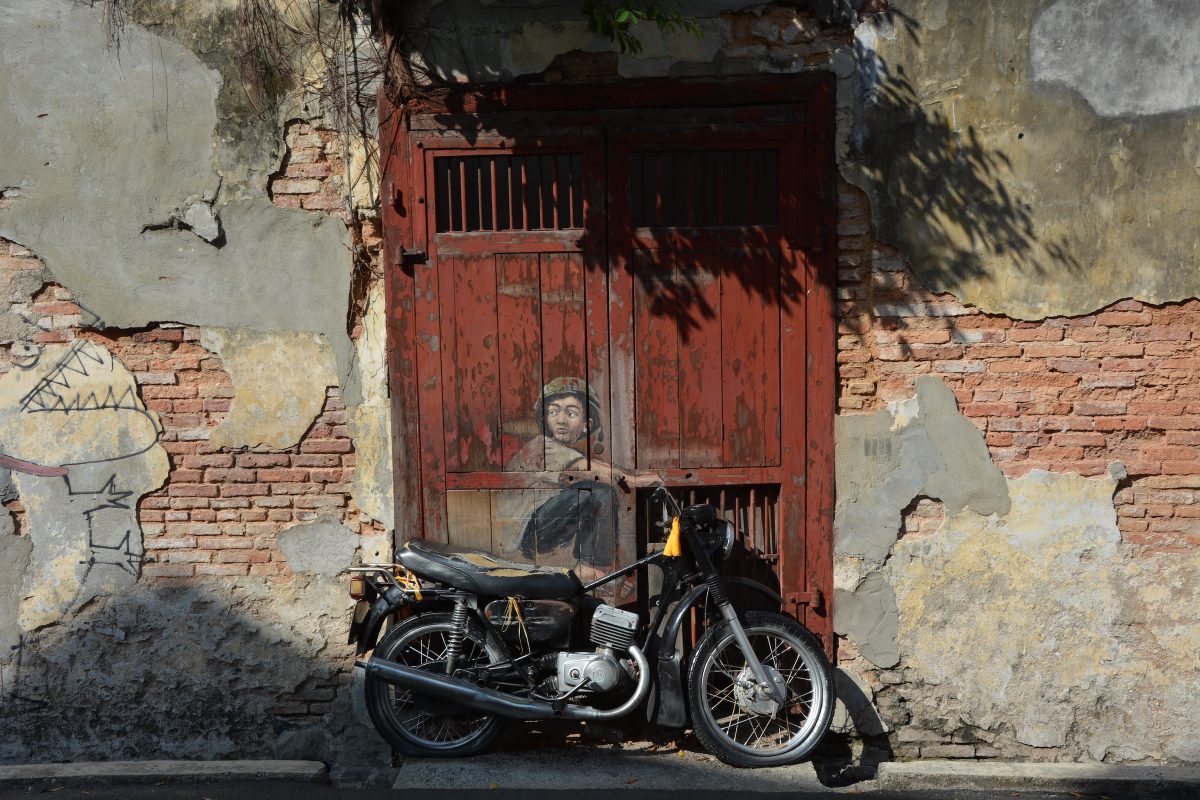
CELEBRATING LOCAL HEROES
M. Kuppan’s name is synonymous with football legacy in Penang, and a street bearing his name in Butterworth is significant. The 150-m road was renamed from Jalan Jiran 1 to Jalan M Kuppan in May 2022. The former Penang caption, nicknamed the Black Panther of Penang, helped the squad to win the HMS Malaya trophy in 1958 and the Merdeka Soccer Festival Championship with the national team. Moreover, in his eight-year spell for the country from 1958 to 1965, he was part of the gold medal-winning team at the 1961 SEAP Games in Rangoon. One of Kuppan’s famous quotes that still inspires many aspiring footballers was, “If God creates me again and I become a youth again, I still want to be a footballer.”
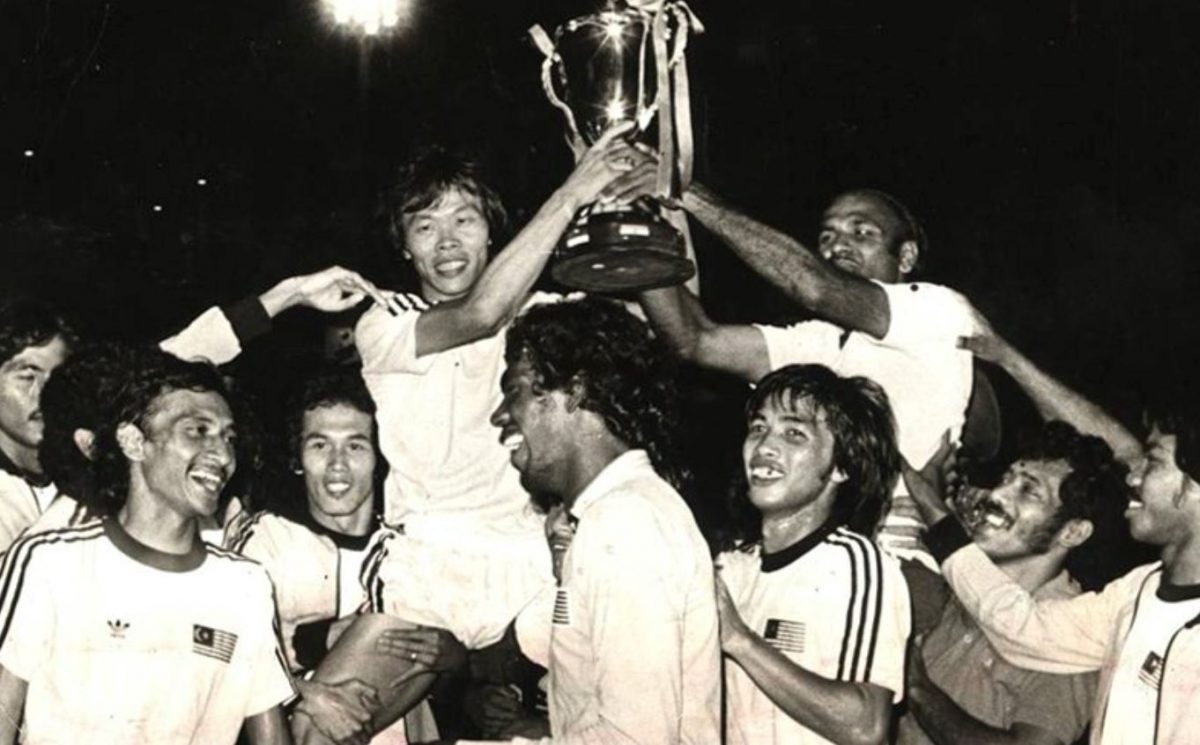
As a beacon in Malaysia’s music and film industry, P. Ramlee has a street bearing his name in Penang, just as he does in Kuala Lumpur. The famous Malay singer, director, film actor, composer, songwriter, and producer gained popularity from his intelligence to reflect the issues and concerns of his time in the craftiest way. His fame stretched as far as Sumatra, Brunei, Hong Kong, Indonesia, and Japan. Despite the constant developments on Penang’s Jalan P. Ramlee, what is inspiring is how much history is preserved in P. Ramlee House Museum until today. The house, built from recycled wood by his uncle and father in 1926, stores his collections such as violin, bicycle, photographs, music records, and movie posters.
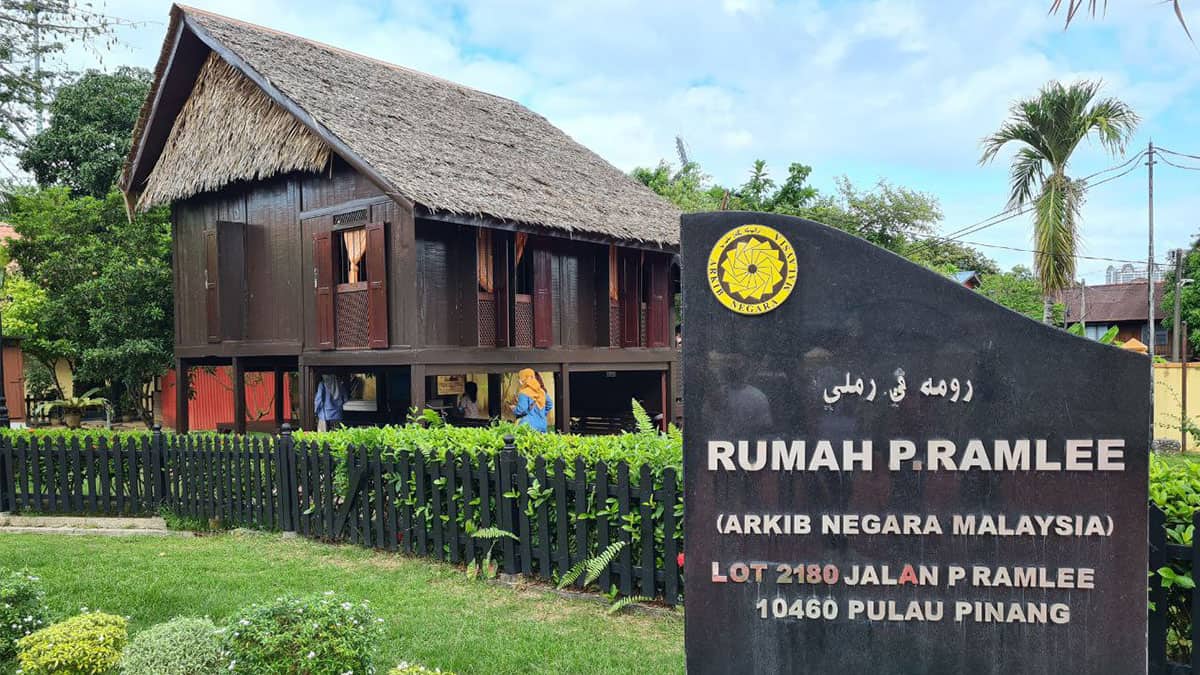
Penang-born Dr Wu was once regarded as a global hero and so rightly has a street named after him – Jalan Dr Wu Lien Teh. He is the first medical student of the Chinese descent to get an education at University of Cambridge and the first Malayan nominated to receive a Nobel Prize in Medicine in 1935. According to the National Centre for Biotechnology Information (NCBI), Dr Wu pinpointed the cause of an epidemic that took the lives of 60,000 people from Northeastern China in 1910. His most memorable achievement is being credited for the invention of the surgical face mask, made of cotton and gauze, to fight the infectious plague. Dr Wu’s invention was the precursor to the modern surgical masks we see used these days.
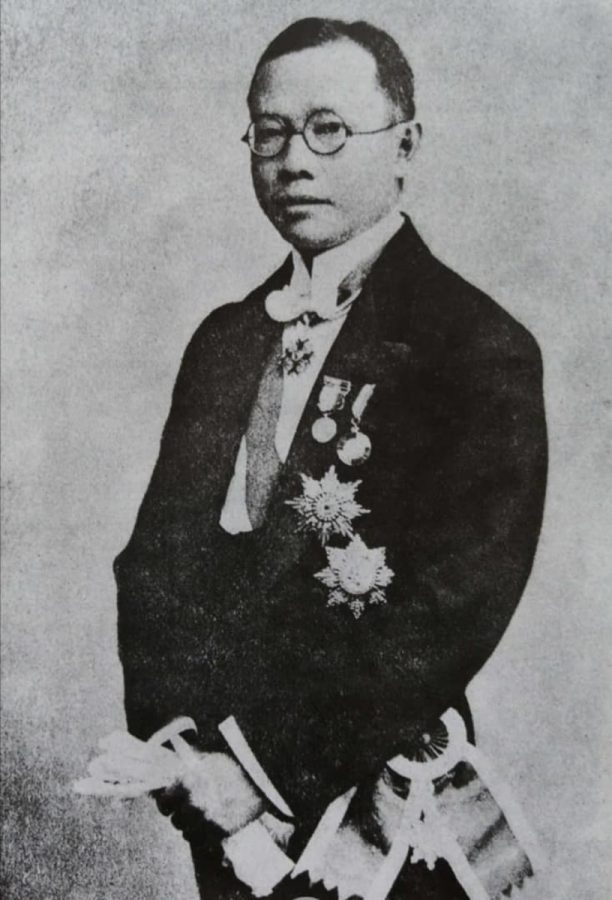
THE BURMESE INFLUENCE
It is believed that a significant Burmese settlement came to Penang in the late 18th century. Largely being fishermen arriving from fishing boats, they set up a colony in parts of today’s Burmah Road, Rangoon Road – named after the Burmese capital, Rangoon, and Moulmein Close, remembering the city Moulmein (now Mawlamyaing).
Even today, these regions still have their own cultural lure with wats (Buddhist temples), especially during Wesak Day celebrations on Burmah Road, as Dhammikarama Burmese Temple and Wat Chayamangkalaram are opposite each other.
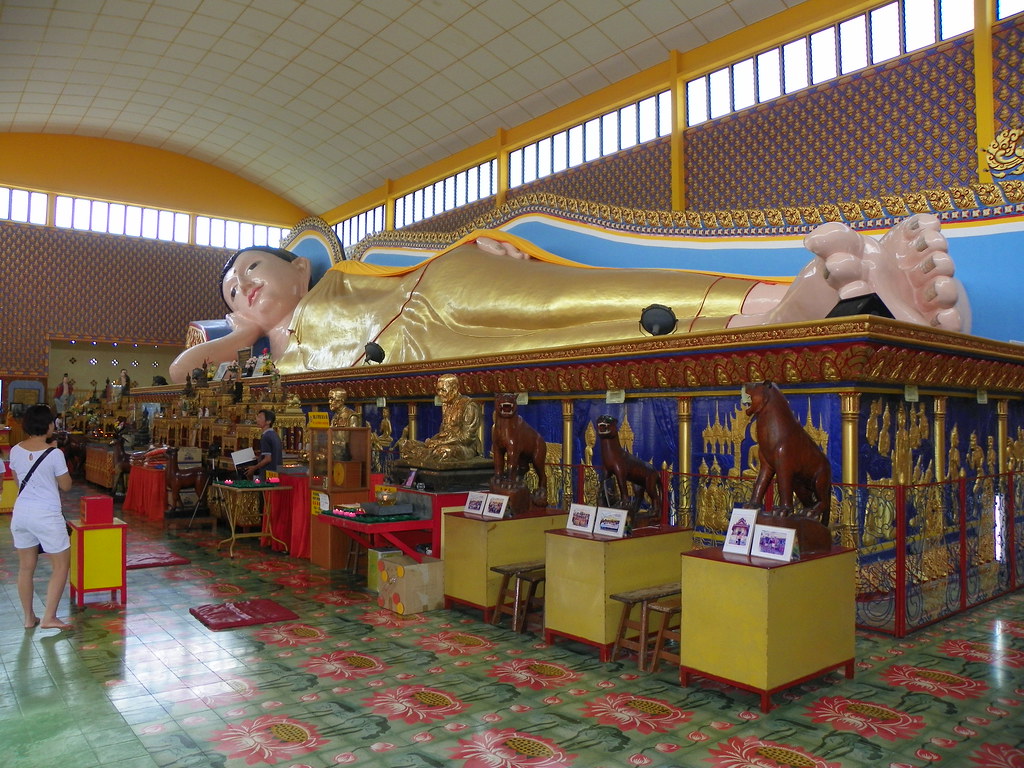
It could be the presence of massive buildings or an absence of historical curiosity, but many stories of streets are largely overlooked. That’s a real loss, because the stories these streets hold add not only a dose of nostalgia, but a measure of excitement for what a place will continue to be.
"ExpatGo welcomes and encourages comments, input, and divergent opinions. However, we kindly request that you use suitable language in your comments, and refrain from any sort of personal attack, hate speech, or disparaging rhetoric. Comments not in line with this are subject to removal from the site. "

